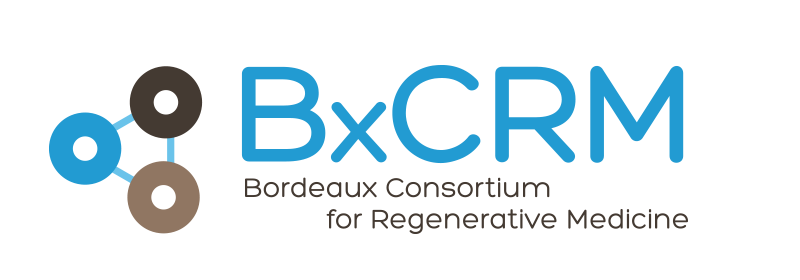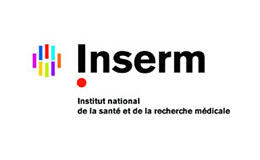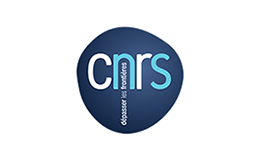Molecular Engineering and Medical Devices
Regenerative medicine uses materials and bio-inspired devices as scaffolds for therapeutic cells and as drug delivery systems in order to generate a 3D structure or scaffold, which will be capable of regenerating the damaged tissue. The scaffold properties have to be adapted (in terms of shape, biocompatibility mechanical properties, biodegradability etc…) to the site where it is grafted and to the function it will have to exert.

We focus our effort on the identification of new strategies and techniques aimed to improve the effectiveness of drug targeting, bioproduction, delivery, and vectorization, as well as on the evaluation of new formulations of existing drugs or the detection of counterfeit drugs and on the development of compounds contributing to bio- or nano-devices with respect to diagnosis or therapeutic applications in combination with molecular engineering.
We are developing new molecular engineering and medical devices using three complementary approaches including, the construction of innovative bio-inspired and bioactive and functionalized materials, the implementation of bio-inspired devices for drug delivery and bio-sensing.
Representative publications
- Latxague L, Ramin MA, Appavoo A, Berto P, Maisani M, Ehret C, Chassande O, Barthélémy P. Control of Stem-Cell Behavior by Fine Tuning the Supramolecular Assemblies of Low-Molecular-Weight Gelators. Angew Chem Int Ed Engl. 2015 Feb 18. doi: 10.1002/anie.201409134.
- Oliveira H., Thevenot J., Garanger E., Ibarboure E., Calvo P., Aviles P., Guillen M.J., Lecommandoux S. Nano-encapsulation of plitidepsin: in vivo pharmacokinetics, biodistribution and efficacy in a renal xenograft tumor model Pharm Res 31(4), 983-991 (2014)
- Pourtau L., De Oliveira H., Thévenot J., Wan Y. L., Brisson A. R., Sandre O., Miraux S., Thiaudière E., Lecommandoux S. Antibody-functionalized magnetic polymersomes: in vivo targeting and imaging of bone metastases using high resolution MRI Adv Healthc Mater 2(11), 1420-1424 (2013)
- Huang YS, Bertrand, Bozukova D, C Pagnoulle, Labrugère , De Pauw E, De Pauw-Gillet MC, Durrieu MC, RGD surface functionalization of the hydrophilic acrylic intraocular lens material to control posterior capsular opacification, PlosOne, 2014, December 11, 2014 DOI: 10.1371/journal.pone.0114973
- Lebreton F, Pirog A., Belouah I., Bosco D., Berney T., Meda P., Bornat Y., Catargi B., RenaudS. , Raoux M., and Lang J.. 2015. Slow potentials encode intercellular coupling and insulin demand in pancreatic beta cells. Diabetologia. 58:1291-1299.
- Pedraza E., Karajic A., Raoux M., Perrier R., Pirog A., Lebreton F., Arbault S., Gaitan J., Renaud S., Kuhn A., and Lang J.. 2015. Guiding pancreatic beta cells to target electrodes in a whole-cell biosensor for diabetes. Lab Chip. 15:3880-3890.
Coordinators
Ph. Barthelemy (Inserm U1212) and J. Lang (CNRS, UMR 5248)






